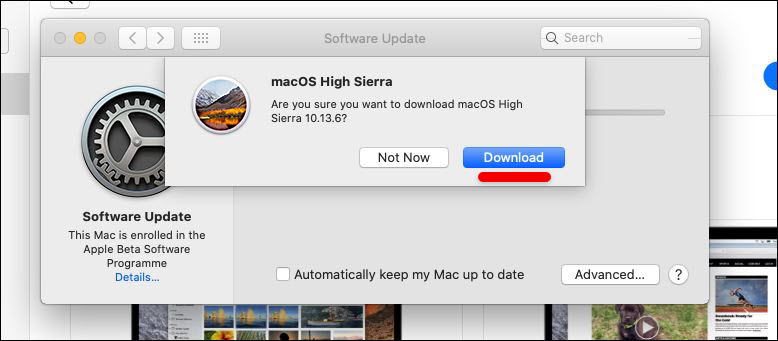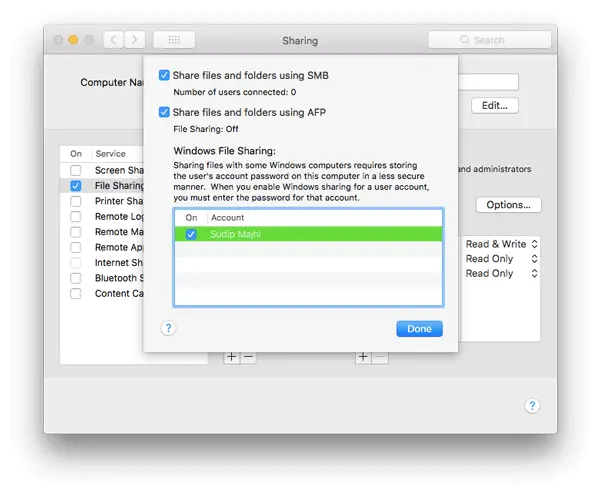
- #MAC MOVE FILES OSSIERRA CODE#
- #MAC MOVE FILES OSSIERRA PASSWORD#
- #MAC MOVE FILES OSSIERRA MAC#
In MacKeeper, click Smart Uninstaller from the left-side menu. It’ll also take care of files left over by deleted apps. By running MacKeeper’s Smart Uninstaller, you can quickly find and delete these files. Plugins and browser extensions, for example, won’t be in your Applications folder. Some files are easy to delete on a Mac, but others are more difficult to find. #MAC MOVE FILES OSSIERRA MAC#
That might mean clearing out the downloads folder, deleting ancient documents, or searching for hidden Mac files that are still taking up space.
#MAC MOVE FILES OSSIERRA CODE#
Type the code below.Don't forget to change the hard drive name and the backup folder name to reflect the name of your hard drive and backup folder.There’s limited storage space on your Mac, so it’s a good idea to delete files and folders you no longer need to keep making space for new ones. For example, if your hard drive is named "My Passport," use a backslash after My, then Space, then Passport. Use the proper coding if your external hard drive's name has space. You must change the above backup folder name to the name of the folder you are transferring. The one above isn't even an actual file name. If you are transferring all of your backups, this will just be named "Backup." If you are transferring one device, use the backup folder name for your device. ~/Library/Application\ Support/MobileSync/Backup: This command tells the operating system where the backup is. This is the new place where your iOS backups will be stored. ios_backup: The renamed backup folder you dragged into your external hard drive. 
In the Terminal command, you must change "External" to whatever your external hard drive is called. Yours will likely be named something else. (This starts with a lowercase L, not a capital I.)
ln -s: This command tells the operating system to go to the new location. Ln -s /Volumes/External/ios_backup ~/Library/Application\ Support/MobileSync/Backup/4f1234a05e6e7ccbaddfd12345678f1234b123f The following is the anatomy of the Terminal code we are using: Every person's hard drive and backup folder names will be different. The proper pathway is critical for this to work. #MAC MOVE FILES OSSIERRA PASSWORD#
Enter your system password and click Unlock on the popup screen.Select Click the lock to make changes at the bottom left of the screen if this screen is locked.Otherwise, you won't have permission to follow the remaining steps of this process. If you're using macOS Mojave or later, you will first need to change the permissions for Terminal on your Mac.

We're going to use Mac's Terminal app to create a symbolic link to trick iTunes into backing up onto your external drive rather than the boot drive," Cohen said.

They work at a low enough level that applications and operating system functions don't have as hard a time with them as they do aliases. An older way of creating those connections is more reliable for actions like what we want iTunes to do: Symbolic links, aka symlinks. "Some applications don't follow aliases properly. When you create a symlink, you create a new path for Finder to get to the backups folder.įormer iMore writer and Mac genius Peter Cohen explains symlinks perfectly: In this step, you'll create a symlink - or symbolic link. You'll have to move the folders back to your Mac instead of manually. If you don't perform this step, your computer won't back up your iPhone or iPad anymore. This is the most complex and essential step to moving your iOS backups to an external hard drive. Step 3: Create a symlink to tell your computer the new location of your backups







 0 kommentar(er)
0 kommentar(er)
